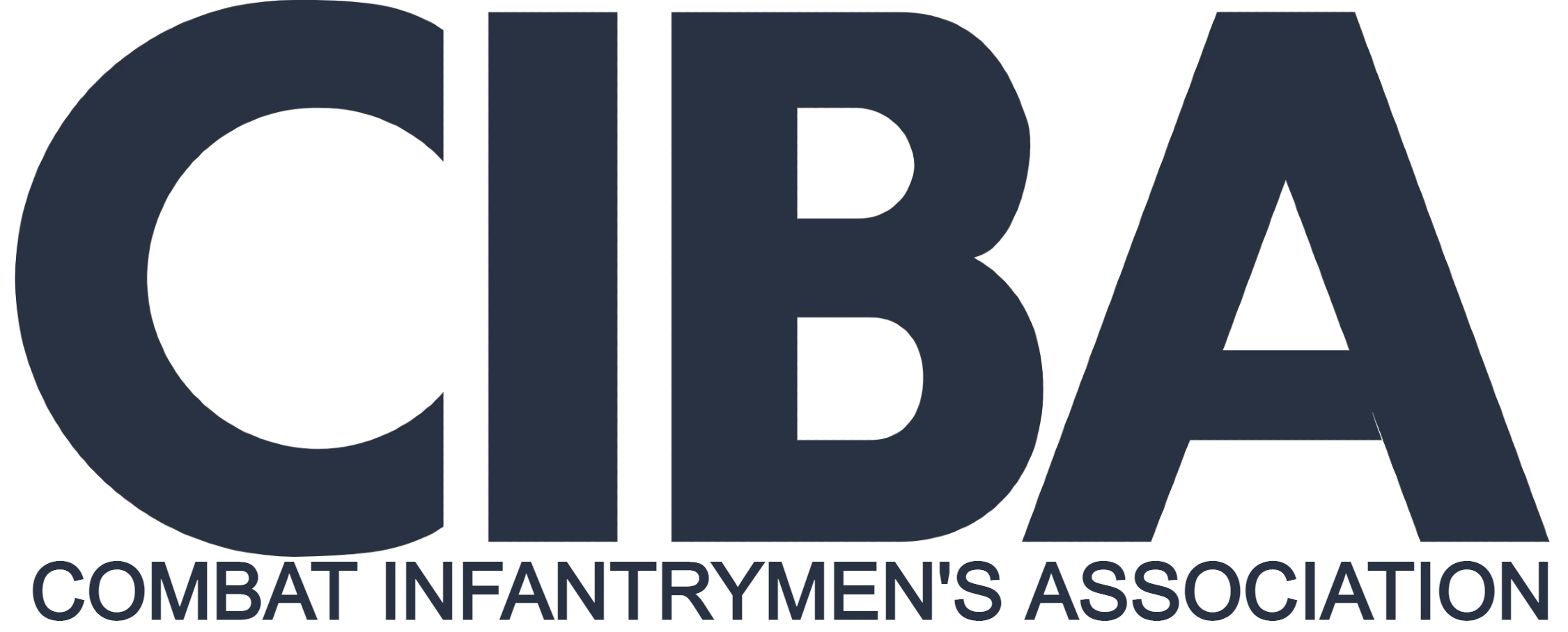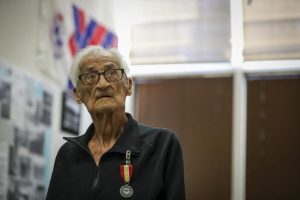The Army is again dramatically expanding its pre-basic training courses that were created to get young Americans into compliance with the service’s enlistment standards, as those courses are becoming key to curtailing the ongoing recruiting slump.
The Future Soldier Preparatory Course’s capacity will grow from nearly 18,000 to 23,500 this year, according to data provided by the service, more than making up the Army’s recruiting shortfall in recent years — much of which has been attributed to young Americans having difficulty meeting the academic and body fat requirements to serve.
The prep courses started in 2022 and were an immediate success, graduating about 95% of attending soldiers who were then allowed to move on to basic training. So far, nearly 17,300 troops have graduated who otherwise would not have been qualified to join the Army. The Navy has since developed its own courses that follow the Army’s lead.
Read Next: Army’s Premier Education Benefits May Be on Chopping Block, with Tuition Assistance Cuts Being Considered, Too
“Given ongoing resources for this training, we will continue to help more young men and women qualify to serve in America’s Army,” Lt. Col. Brian Canny, commander of 1st Battalion, 46th Infantry Regiment, 197th Infantry Brigade, the unit that oversees the academic portion of the prep courses at Fort Moore, Georgia, said in a press release.
The courses also come with a relatively low cost, with the service spending $15.3 million on them last year. In its budget request to Congress for the coming fiscal year, it’s seeking a $12 million budget. While the courses have grown, the initial establishment required more funding upfront.
The courses are located at Fort Moore and Fort Jackson, South Carolina. They come in two tracks, academic and fitness. The academic course is for applicants who did not perform well on the military’s SAT-style entrance exam, the Armed Services Vocational Aptitude Battery, or ASVAB. The other is for applicants who have too much body fat. The Army has prioritized the academic track, with those courses making up about 70% of the program.
The Army came up 10,000 active-duty troops short of its goal of bringing in 65,000 new soldiers last year. The recruiting slump is due to an amalgamation of issues, including cultural shifts and marketing struggles, but the core of the problem is finding recruits eligible to serve.
Pentagon officials estimate that only 23% of young Americans are eligible — mostly due to an obesity epidemic and dropping academic ability.
The academic track is largely a reaction to falling test scores seen in schools across the country — a disturbing decade-long trend worsened by the COVID-19 pandemic. Many soldiers attending that course come from communities with poor investments in public education. In some cases, English is a second language for those recruits. But most graduate quickly after three weeks of tutoring.
On the fitness track, soldiers have 90 days to lose enough weight to come into compliance with standards, otherwise they’ll be sent home and their Army career will be over. Applicants can join the Army with up to 6% more body fat than the rules allow and go to the prep course before basic training.
For men, that limit is between 20% and 26% body fat, depending on age. For women, it’s between 30% and 36%. Soldiers can move onto basic training with body fat 2% above what the policy permits, with the assumption they will lose it before graduation.
The course includes three physical training sessions per day, with main sessions in the morning and less demanding workout routines and stretching in the afternoon. The course also puts a lot of emphasis on recovery, eating right and slowly introducing workouts to soldiers — and those who lose weight too quickly are noted to staff for potential intervention to avoid dangerous weight loss routines.
Related: ‘Last Stop USA’: How the Army Is Trying to Fill in for a Broken Education System
Story Continues
Please rate this CIBA article
Vote






